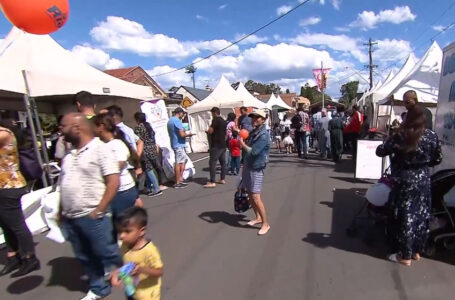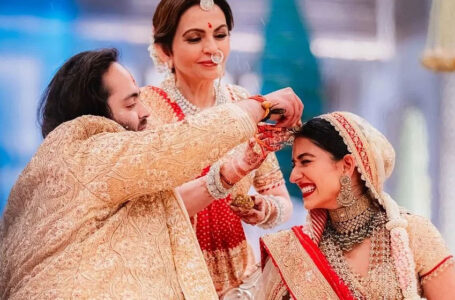Searching For The ‘Free’ In Freedom Of Speech?

In India, a fundamental right has recently become a big talking point when AIB, a comedy group, came under much fire for publicly using obscene language in the name of humor. This piece wonders a little bit more about the right to freedom of expression.
Freedom of speech has suddenly become a talking point in India.
First, there was the Charlie Hebdo issue, where cartoons depicting the Prophet Muhammad caused the ire of the Muslim community in France and led to protests that killed a few of the cartoonists. And second, there was a much-publicised roast performed by All India Bakchod (AIB), a team of stand-up comics, where they introduced the ‘insult comedy’ genre to India via a roast of Bollywood actors Ranveer Singh and Arjun Kapoor.
Both events faced backlash, and debates continue to rage today on social media about what ‘freedom of expression’ – that inalienable right we all lay a claim to – actually means.
In the case of AIB, an official FIR has been filed against it, citing obscenity. The group has been instructed – until a decision has been taken by the lawmakers – to remove the video from their Youtube channel. This has flared up their supporters, who have pulled out the freedom of expression card, extolling on the right artists have to choose their medium and subject of creativity. AIB has also gone on and played the victim with aplomb, throwing in words such as ‘fundamental rights’ and ‘censorship’ into almost every sentence they utter.
On the other side of this debate are those who point out that the right to freedom of speech goes both ways. Everyone who has not liked the video and said to have come under the ire of either the AIB or its coterie of fans, with the words such as ‘You don’t understand humor’ or ‘If you don’t like it, don’t watch it’. The same group that seems to be grievously wounded in their hearts for their right to expression does not seem to understand that, after all, the same rights work for consumers of their ‘art’ too.
This has also brought up the issue of how far freedom of expression can be stretched before it becomes a problem. After all, we have sedition and antisocial laws sitting alongside the right to freedom of speech, so at some point, a free speaker may cross the line and offend society at large. When does it happen? How does it happen? Who decides when it happens, and what do we do when it does?
These are questions that are constantly being thrown up by these incidents. For sure, artists do not have any more rights than the rest of us. On the contrary, one could argue that creative artists have a sense of social responsibility that they cannot shrug in the name of freedom of expression. Art has social effects. It causes social change. We cannot remove art from the society in which it is created. Just by wishing that our art can stay independent and ‘free’ doesn’t make it so. Most artists realize this. But some don’t.
On top of this all, of course, lies India’s ever-vigilant moral police, quick to jump to the rescue of dying Indian culture. These guys want to ban Valentine’s Day because it’s against Indian culture. They wish to ban Western clothes. They would like to see English movies banned too. This is the ‘third front’ in this battle, and all they care about is whether or not the video is banned.
Like all media storms, this too shall pass. But before it leaves, it has raised some pertinent issues that India must grapple with going forward: just what are we allowed to say in public without fearing persecution? In other words, how free is the freedom of speech?
Related Posts
[catlist name=india]







